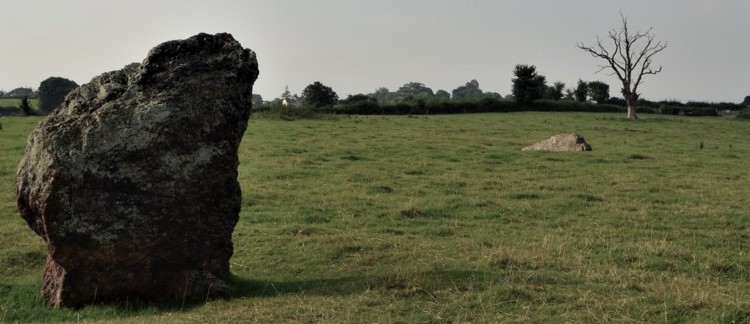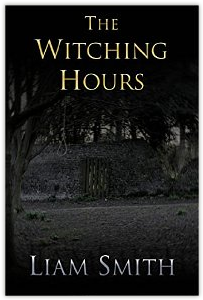Folk horror is something of a retrospective tag for a brand of (mostly British) horror. Although it is mostly affiliated with a clawful of early 70s horror films, it was 2010 before British screenwriter and horror aficionado Mark Gatiss popularised the term in referring to a trifecta of films with an emphasis on witchcraft, superstition and the British landscape. The term has gained notoriety since then. Many modern writers, filmmakers and musicians have made a conscious effort to tap its rich aesthetic. I’m one of those writers.
Folk horror really speaks to me. Maybe it’s because I grew up in a small English village. Maybe it’s because I love nothing more than strolling through the countryside and letting my imagination run wild. But I find rural English horror pleases me on a good few levels, and I enjoyed throwing my own hat in the ring with my most recent book Harvest House. Here are some of my thoughts on why I like folk horror. Why I find it horrifying. And there are some signposts to exploring folk horror for yourselves too.

The (Un)Holy Trinity
The folk horror label was coined by Mark Gatiss in his 2010 documentary A History of Horror. He referenced three British horror films: Witchfinder General (1968), The Blood on Satan’s Claw (1971) and The Wicker Man (1973). Though not necessarily supernatural, all three films dealt with themes of superstition and the occult in rural English communities. All three, also, were firmly X-rated. Not so much for their exploitative content as their unflinching depiction of the potential for human brutality. And, in the latter two, for judicious amounts of bosom.
Folksy Film
Leading the charge, Witchfinder General laid many of the foundations of folk horror. Themes of witchcraft are inevitably rife in this civil war era film, along with those of the corrupting nature of power and pain. But these are not so essential to folk horror as the film’s settings. Country churches, hangman’s scaffolds, dark dungeons and gloomy woodland form our environmental backdrop.
The Blood on Satan’s Claw grows from similar ground, planting itself in grimy fields and medieval houses. Out of all the unholy trinity, The Blood on Satan’s Claw is the only one with explicit supernatural scenes, but that’s not the reason for its folk horror credentials. Rather, it’s the manner of the supernatural horror – it’s something born out of pagan tradition, of sex and sacrifice, of druidic times of old.
The same can be said for The Wicker Man. Though the film’s twists and turns won’t be revealed here, the ultimate horror of the tale is anchored in paganism and rural folklore. Lower on violence than its older siblings, The Wicker Man is possibly the most terrifying of them all. It depicts an isolated community and the depths to which they believe in the power of the elements, the landscape and tradition.
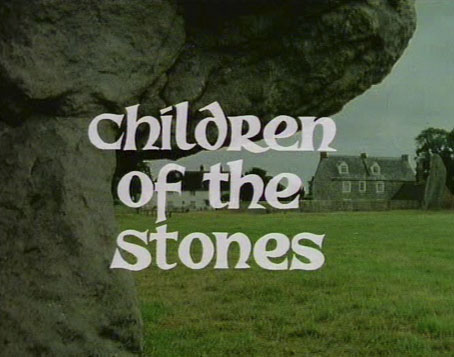
Watch:
Kill List (2011). Ben Wheatley has revived rural horror in several of his films, and Kill List is probably the most horrifying. While its links to folk horror aren’t immediately apparent, by the end, it’s just about thrown the genre on its head.
Black Death (2010). A witch hunter investigates an isolated village suspected of using magic to escape the plague in this bruising medieval horror-drama.
Children of the Stones (1977). The most terrifying children’s series ever made, Children of the Stones is an effective mix of pagan ritual, superstition and cosmic terror, with a shriekingly disconcerting soundtrack. Possibly scarier than any other production mentioned in this article.
Historical Horror
British history, then, is an important part of folk horror. Perhaps because there’s something quite terrifying about looking back at the dark ages and the things people used to believe in. If folk horror stories and films are not set in the past, they will inevitably include some reference to it, whether in the form of anachronistic traditions or evocative settings.
The British Isles has so much visible history – castles, cathedrals, henges – and there’s a hell of an appetite for it, whether in the form of TV costume dramas, historical romance fiction or days out to crumbling castles. An appreciation of the past breeds a familiarity with it, and seeing the often-cosy scenarios of period dramas reinterpreted as horror has a very powerful effect.
Season of the Witch
I find folk horror to be a seasonal genre, linked and attuned to the wheel of the year. There have always been strong links between the country’s pagan past and the seasons. Think of dancing around a maypole in summer or lighting a bonfire at the winter solstice. Harvest time mirrors the vernal equinox. Spring and autumn are easily identified with reaping and death as well as new life and the cycle of life. In times long-gone, winter would have been a terrifying time, with the ailing daylight bringing swift darkness night after night to freezing farmsteads and shivering villages.
While winter woodland has an austere darkness to it, naked forest can’t hide what horrors are going on inside. Folk horror is just as likely to happen in the day as night. In the isolated depths of rural England, there’s no need for cover of darkness. Incidentally, the medieval world was subject to an anomalous warm spell. It’s as if this period of history can’t help but link to the hazy, outdoor feel of summer. And I think it’s exciting to perceive a darkness contrasting the warmth of the summer sun.
When I’m in the countryside I like to look out over the hills and find a perspective with no modern buildings, no electricity pylons, no signs of modernity. I like to imagine I’m looking at the landscape as it would have appeared hundreds of years ago. Try it at dusk. It’s spine-tingling.
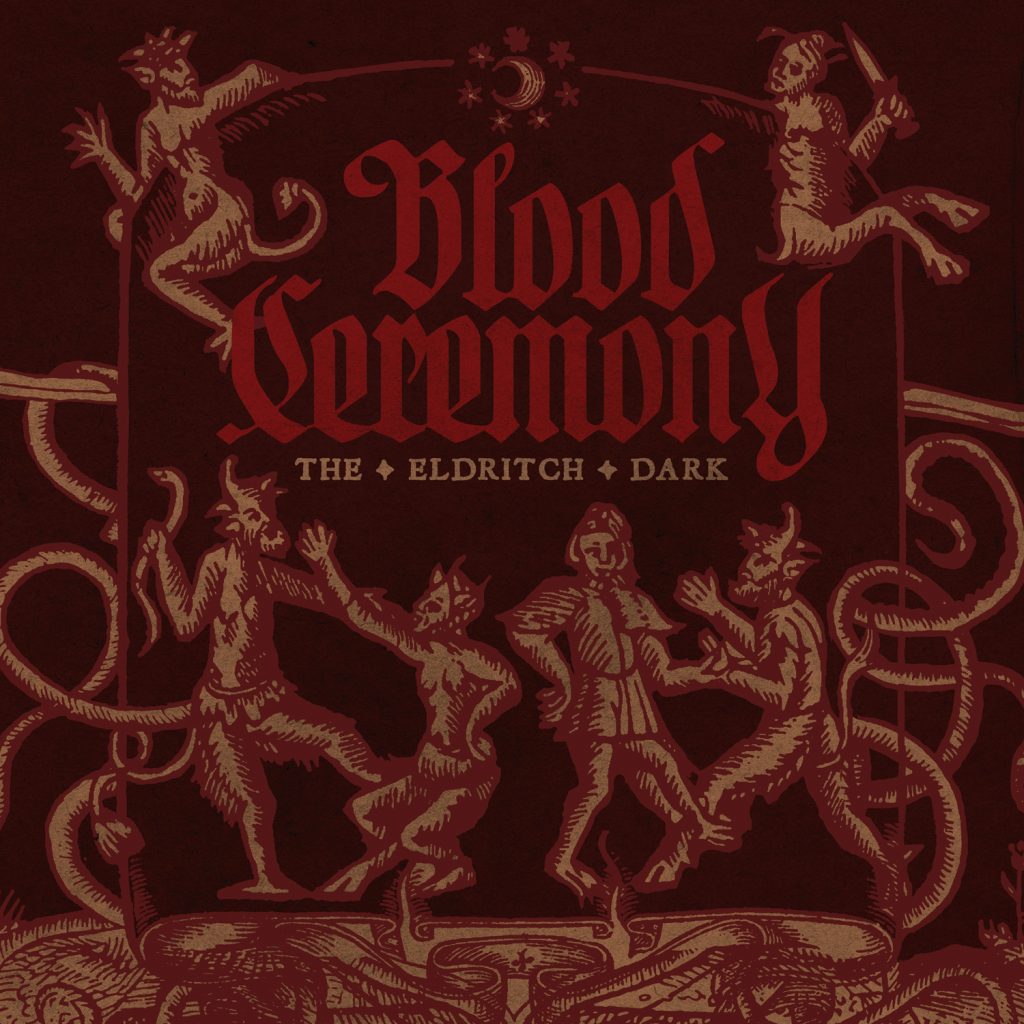
Listen:
Blood Ceremony. This Canadian rock band sing about devils and witchcraft, matching their lyricism with Sabbathy guitar, church organs and folksy flutes.
Klaus Morlock. Performing in an extremely niche genre, Morlock produces faux soundtracks for made-up 70s British TV series. Expect analogue synths, wobbly production and shades of Doctor Who.
The Devil and his Music
In 1969 heavy metal music was born with the release of Black Sabbath’s debut album. Sabbath sang about devils, darkness and death. Songs like Behind the Wall of Sleep and Sleeping Village evoke a hazy, medieval gloom that could be the soundtrack to any folk horror documentary. Other rockers began writing about similar themes as a way of matching lyrics to heavier music. Bands in the occult rock, prog, heavy metal and doom metal genres continue to sing from the same hymn sheet in an effort to consciously tap into folk horror imagery.
With rock and roll comes the rock and roll lifestyle. The Wicker Man places some of its more infamous scenes at the town pub, and the raucous activities of lively villagers is an integral part of the film. Strange brews are an archetype in rural communities, ales of character that are brewed to traditional recipes and that bear weird and wonderful names. Ben Wheatley took this link between intoxicants and horror one step further in his archetypal folk horror flick A Field in England. He introduced hallucinogenic mushrooms that, like hops and grains of beer, are plucked from the English earth itself.
The Devil himself
The lord of debauch, the Devil, is an integral element of British folklore. Yet his depiction in myths and tales as well as in rock music is often different to his portrayal in literature. John Milton wrote Lucifer as a sympathetic fallen angel in Paradise Lost and modern TV would paint him as a suave, tailored libertine. But the Devil of rural legend is a different character altogether. Local legends depict the Devil as a monster; a hairy, hunched creature with crooked wings and tattered clothes and cloven-hooves. He’s often the victim of his own evil cunning. Rather than ruling as the King of Hell, the Devil of folk horror inflicts his evil on our land in person. His appearance in our realm corresponds with our perception of what evil can do to a person.
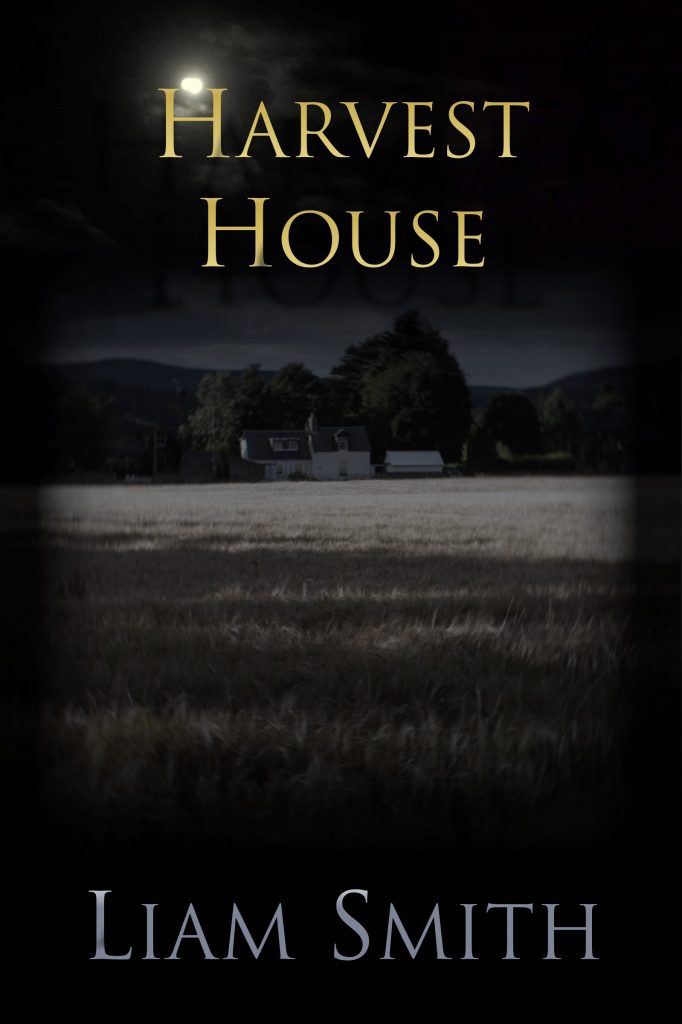
Read: Harvest House. I threw everything I love about folk horror into this one; an isolated village, strange ales, folk music and ancient secrets. I’m very proud of it. Read it here.
Defining Folk Horror
As with the best of genres, it is difficult to produce a definitive list of what defines folk horror. Certainly, it’s a genre with solid links to folklore and witchcraft, with the Devil and hedge magic, with hills and history and horror. But it is as much about how these themes are arranged and treated that best produce a work of folk horror. Perhaps the core theme that all works inevitably return to is the capacity for the past to harbour darkness. On the past’s power to inflict it on a world that has forgotten the power and necessity of tradition.
